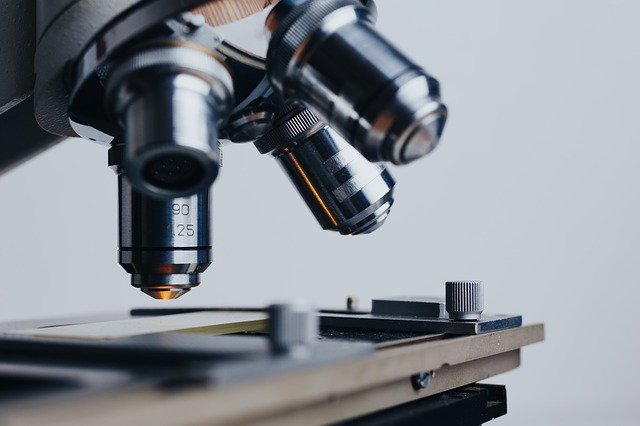It is known that SARS-CoV-2 infiltrates the cell by binding the cell receptor ACE2, then the viral membrane merges with the cell's membrane. It is viral S-protein responsibility to bind with ACE2. S-protein consists of 2 subunits: S1 and S2 and forms a trimer, that looks like a crown.
S-protein splits in the border between S1 and S2 domains for the successful cell infiltration by protease furin in the same cell where the replication happens. S1 subunit binds with the ACE2 receptor by target-cells and S2 makes the membrane merging easier. S2 subunit also has an important infectivity site.
The genome analysis of SARS-CoV-2 showed a few regions with high variability. The S-protein mutation D614G caught the attention of the researchers since the SARS-CoV-2 with D614G mutation is better at the infection transmission.
The D614G mutation causes the aspartic acid radical to be replaced by the glycine acid in 614th position of the C-end region of the S1 domain. In March, this mutation was detected in viral genomes with 26% frequency, in April the number went up to 65%, up to 70% in May. The patients infected with this type of COVID-19 also had a higher viral load. However, the frequency of the mutation was also associated with other mutations such as nsp3 and RdRp.
It is important to see how the D614G mutation changed the viral characteristics and how dangerous is the new SARS-CoV-2 variant is. The team of scientists from the USA researched this topic.
Two types of S-protein (one with the D614G mutation) were embedded in MMLV retrovirus. The cell cultures that express ACE2 were infected with these pseudoviruses. The virus with the G614 replacement showed much higher effectivity rate compared to the normal version.
Researchers found out that the reason for the change was the higher (5x) number of the S1+S2 domains in pseudoviruses with the G614 replacement. That suggests that the function of D614G mutation is preventing the deletion of S1 subunit, since after the furin splitting the domain doesn't break free. This stable protein is much easier included in the virions.
Scientists also checked if the G614 replacement improves the ACE2 binding, the hypothesis that was suggested before. However, there is no proof for that yet: the infectivity is likely to increase because of the higher amount of S-protein and the presence of S1 domain. Both pseudovirus types were sensitive to the antibodies gotten from the patients recovered from the COVID-19.
The important conclusion that can be made is that the higher infectivity doesn't mean the higher severity. Researchers assume, that while the higher amount of S-protein with the G614 replacement cause the better infection transmission, some other reasons are limiting the viral replication.
